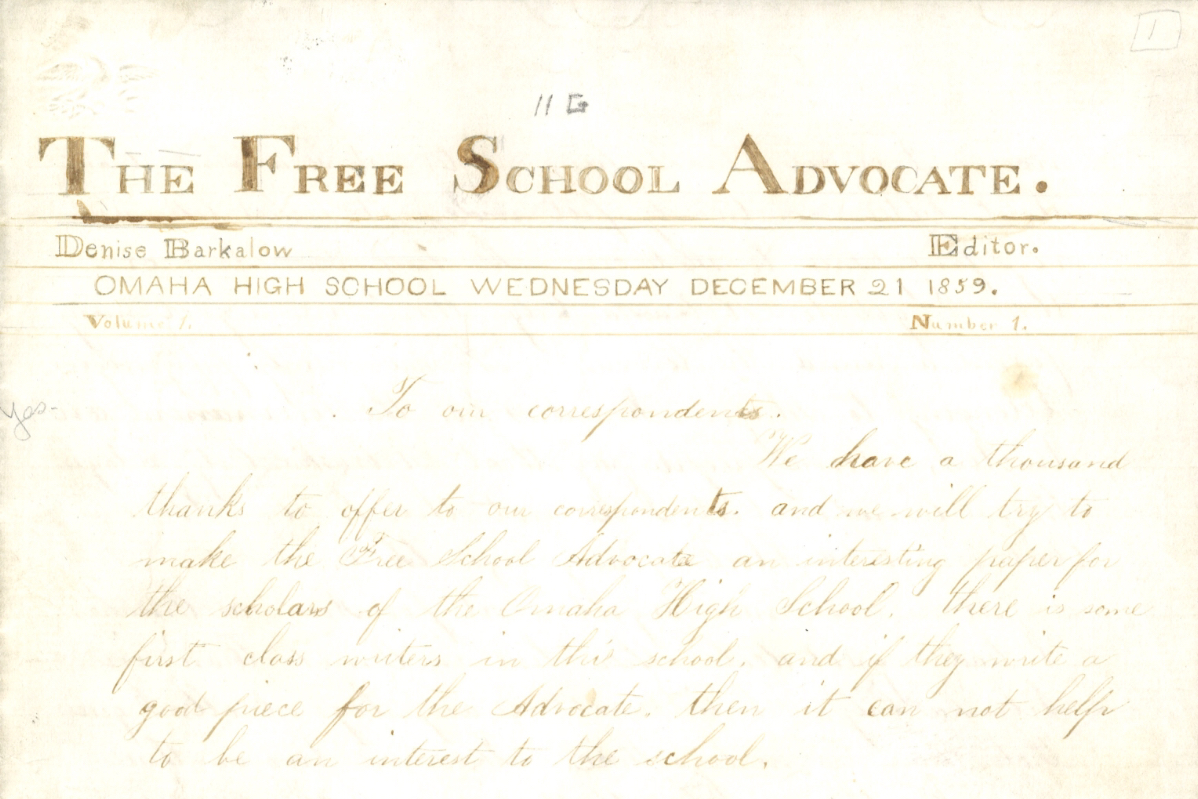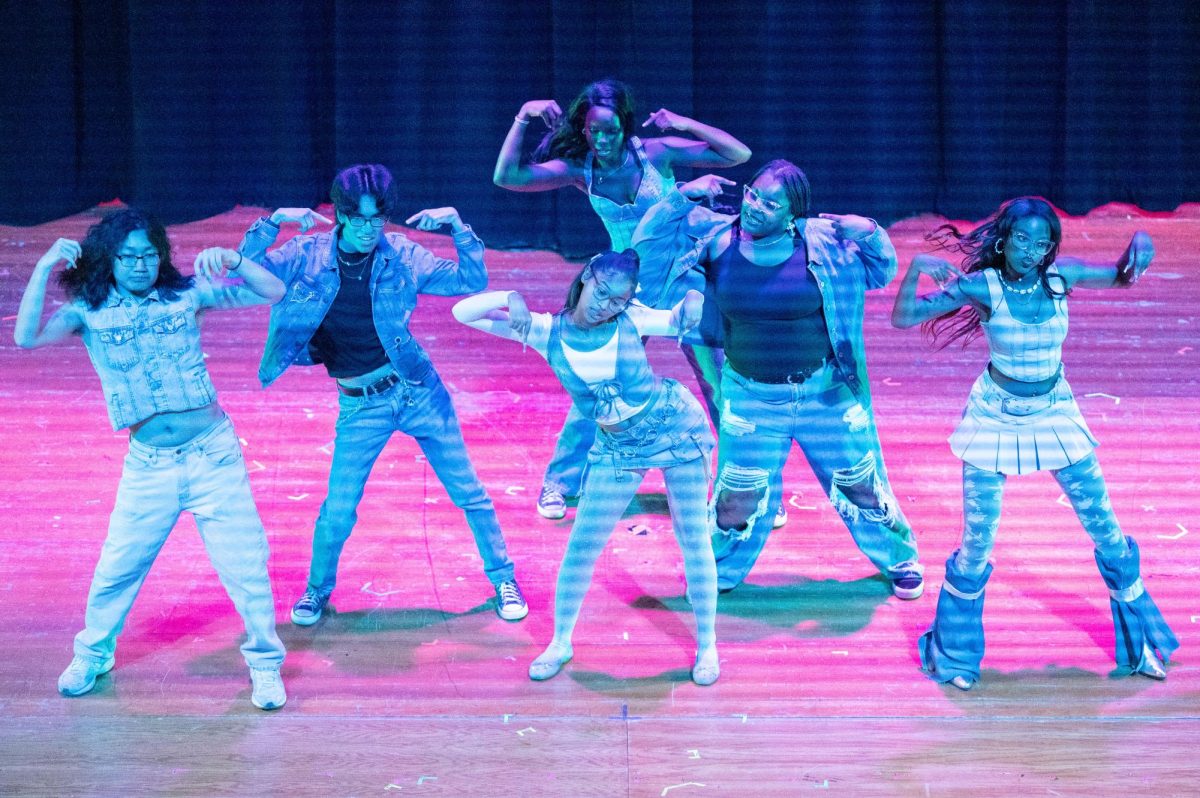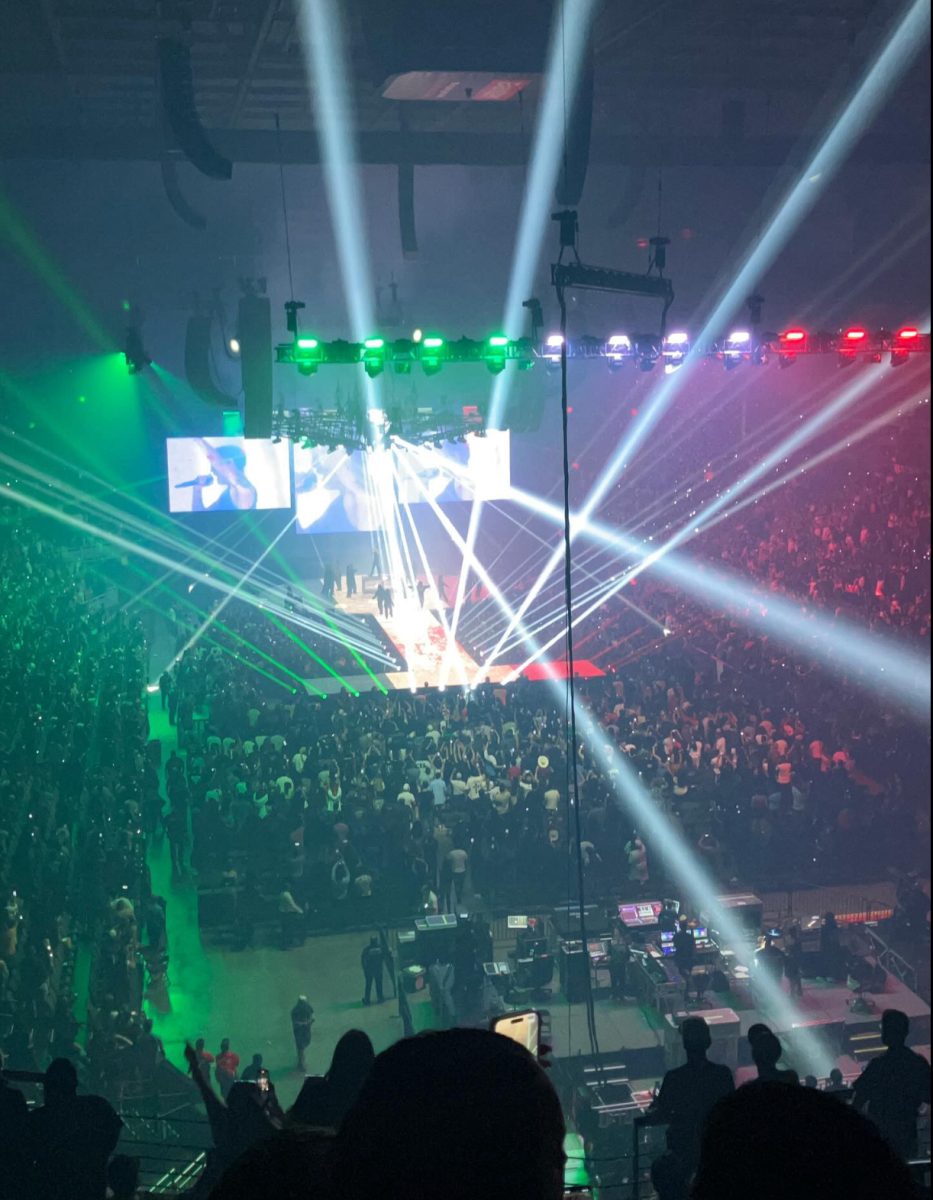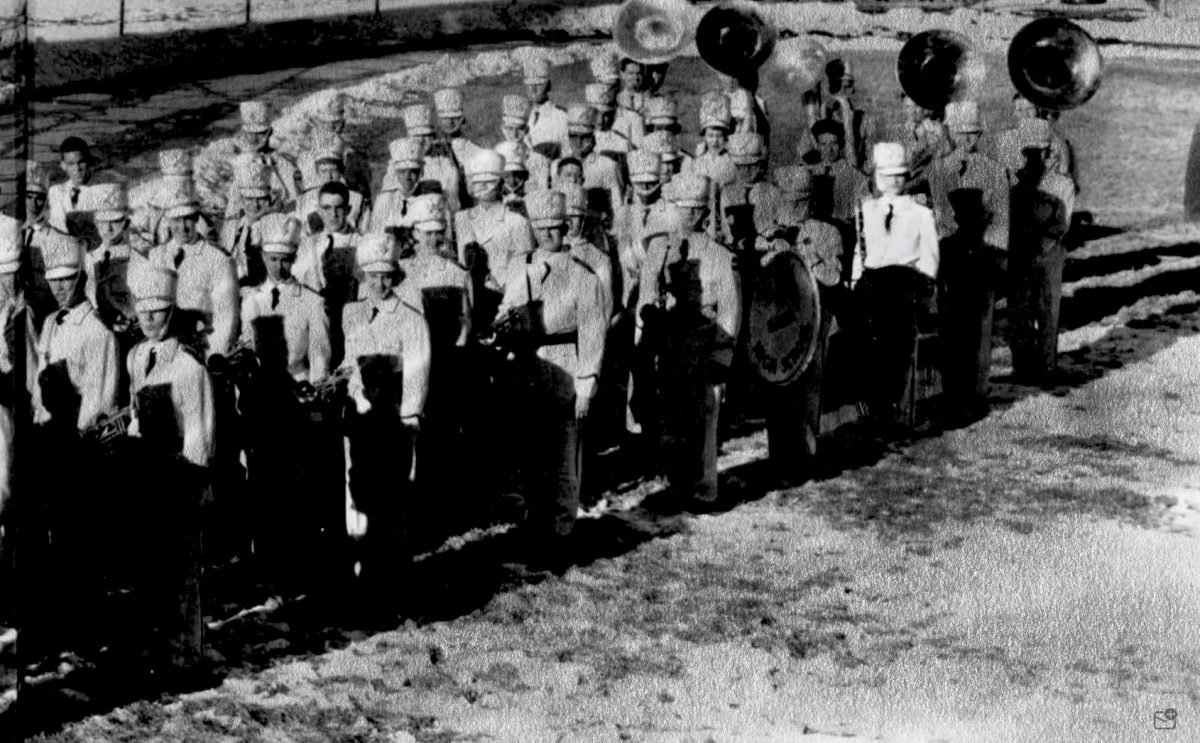As government and military policies considered to include diversity, equity and inclusion are ordered to be removed, Central’s JROTC program said they expect little change in their demographic collection and recruitment practices.
The Department of Defense was ordered in January to report the military’s DEI programs or departments to the Trump administration. What is considered DEI is not always clear or defined, as seen in the removal – and then partial restoration – of thousands of military and government webpages highlighting female veterans and veterans of color.
However, Central’s JROTC program, the largest in the state, only receives guidance from the Army, which sponsors the program. JROTC teachers work for Omaha Public Schools and abide by the district’s rules and regulations. In the event that the district and the Army’s rules on demographic collection were to be different, the issue would go to the JROTC liaison at the district.
JROTC programs are required to collect their participants’ sex and race demographics and report the information to the Army, along with the overall school’s demographics. Students can opt to not share their sex or race information when completing paperwork.
“I think it’s a good thing we show that we’re represented by the school or the school’s demographics as much as possible,” said JROTC teacher SGT Andrew Amberg.
JROTC teacher MAJ Ryan Cripps said the military “could” stop asking for demographic information if instructed, but “despite what’s going on, I think the Army still wants to keep a pulse on their JROTC programs [and their demographics].”
Central’s JROTC program proportionately represents Latino students and Central’s smaller racial groups, but the proportion of white students is higher than Central’s general population, and the proportion of Black students is lower than Central’s general population.
“We’ll always report, until we’re told not to, of course,” Amberg said.
The JROTC program’s recruitment of new members relies on middle school visits and word of mouth. This year, the JROTC recruited at the Norris, King Science & Technology, Monroe, and Lewis & Clark middle schools. Cripps said he does not expect removing DEI standards to change how Central JROTC does recruiting.
In the wider US military, some servicepeople and veterans have concerns about whether specific recruitment of people of color will dwindle if it is deemed “DEI.” Central’s JROTC does not recruit based on race or sex, but both teachers said representing Central’s population is important to the program.
“We’re always going to try to represent Central,” Cripps said. “…You have to change with society. If you’re not willing to change with society, you’re not going to last.”
Additionally, JROTC differs from ROTC and other military programs because the main intent is to build good citizenship, not to recruit for the military.
“It really doesn’t matter what type of demographic you are, [JROTC’s skills] are all things that people hopefully can learn from,” Amberg said.


















